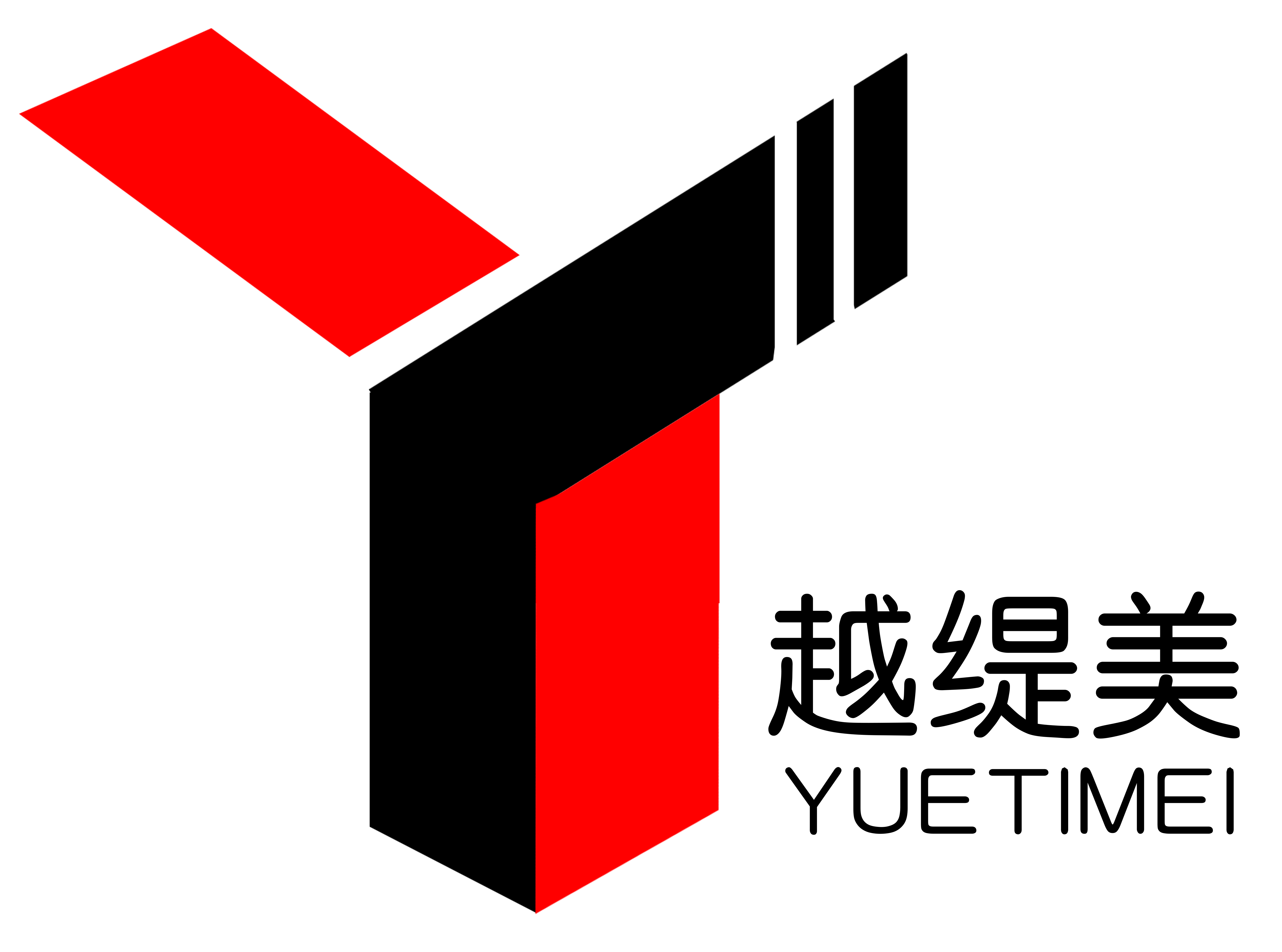Online booking
(Start your customized journey with us)
Unlocking the SCARF Model: Understanding Its Workings in Everyday Life
publish time:
2025-07-27
Discover how the SCARF model influences our interactions, decisions, and emotions in various scenarios.
What on Earth is SCARF?
Ah, the SCARF model! If you haven't come across it yet, let me break it down for you in a jiffy. Developed by David Rock, the SCARF model is a brain-based framework that helps us understand how social interactions impact our emotions and behaviors. It’s framed around five key domains: Status, Certainty, Autonomy, Relatedness, and Fairness. Each of these elements plays a pivotal role in our day-to-day interactions, whether at work, in social settings, or even at home.
The Five Elements of SCARF
Alright, let’s dive deeper into these five elements. Ready? Here we go!
1. Status
Status refers to our relative importance to others. It's like being the star of the show or the understudy waiting in the wings. No one likes feeling sidelined, right? When we perceive a threat to our status, our brain goes into a frenzy, making it hard to think straight. So, boosting someone’s status can be as simple as giving them a compliment or recognizing their efforts. Easy peasy!
2. Certainty
Next up is certainty. This one’s a biggie! Our brains crave predictability. Think about it: when you know what’s coming next, you can relax and enjoy the ride. But throw a curveball, and suddenly, you’re sweating bullets. Providing clarity in communication and expectations can help reduce anxiety and keep the peace in any situation.
3. Autonomy
Who doesn’t love a little freedom? Autonomy is all about feeling in control of our choices. When we feel like we have a say in the matter, we’re more likely to be engaged and motivated. On the flip side, feeling micromanaged can lead to frustration and disengagement. So, give folks a chance to make decisions, and watch them thrive!
4. Relatedness
Relatedness is about feeling safe with others, forming bonds, and building trust. It’s like being part of an exclusive club where everyone’s got your back. When we feel connected to others, we’re more likely to collaborate and support one another. So, let’s foster those relationships; a little camaraderie goes a long way!
5. Fairness
Lastly, let’s chat about fairness. It’s a fundamental human need to be treated fairly. When people perceive inequities, it can lead to resentment and conflict. We’ve all seen it: when one person feels they’re doing more than their fair share, tensions can flare. Strive for transparency and equity in your interactions, and you’ll keep the waters calm.
Bringing SCARF to Life
So, how can we use the SCARF model in our everyday lives? Well, it’s all about awareness. By keeping these five elements in mind, we can navigate our social landscapes more effectively. Whether you’re leading a team, resolving a conflict, or just chatting with friends, consider how each element might be at play.
In Conclusion: SCARF Your Way to Success
In wrapping up, the SCARF model is a powerful tool that can enhance our understanding of human behavior in social settings. By focusing on Status, Certainty, Autonomy, Relatedness, and Fairness, we can create a more harmonious environment, whether it's in the workplace or our personal lives. So, the next time you find yourself in a tricky social situation, remember to SCARF it up!
Hotline: 086-0575-81161206
Mobile phone: 86-13957526630
Fax: 086-0575-81161206
EMAIL:scarf13957526630@gmail.com

Scan
WeChat to contact

Scan
Mobile viewing






